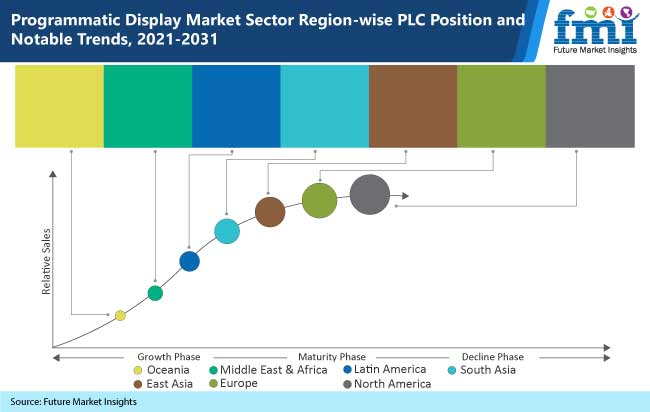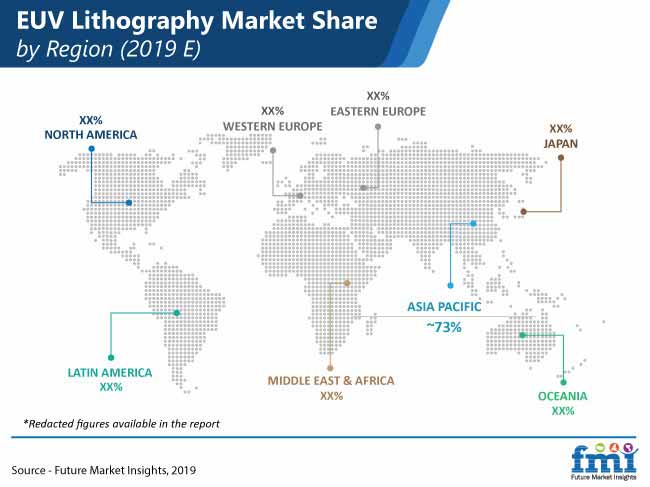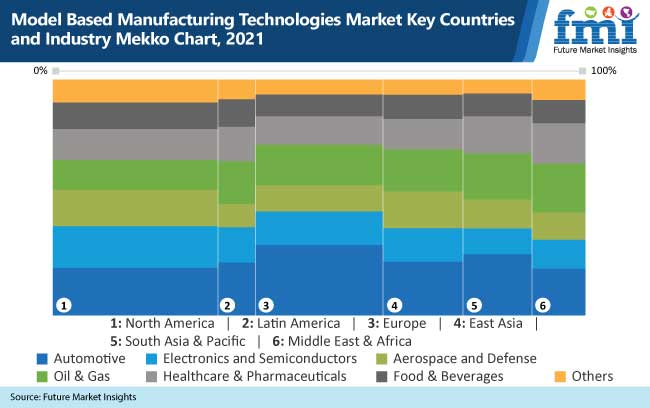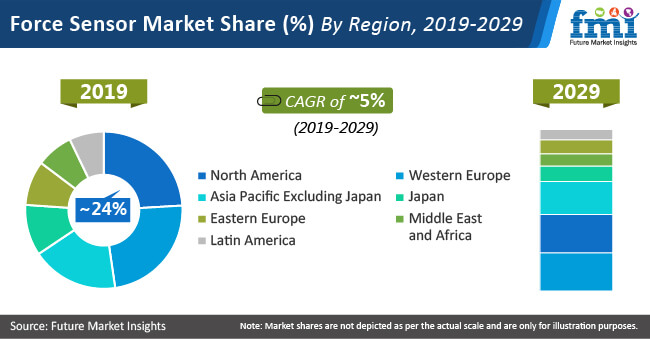A recent report by Future Market Insights (FMI) states that global sales of wood charcoal will value around US$ 20 Bn in 2020. Substantial demand will come from residential sector, especially in developing regions of Asia Pacific, Africa and South America wherein over 2 billion people rely on wood energy for cooking and heating purposes. The study further reveals that cooking and heating in private households make up for about a third of worldwide renewable energy consumption
While emergence of alternative energy sources is hampering market growth, demand from chemical industry for production of chemicals – carbon disulfide, sodium cyanide, and carbon tetrachloride – is reflecting remunerative opportunities.
Get a Free Sample Copy of the Report: https://www.futuremarketinsights.com/reports/sample/rep-gb-6315
Key Highlights
- Charcoal lumps continue to generate greater revenue through 2030
- Fuel feedstock to remain primary application area of wood charcoal
- Adoption of wood charcoal in residential sector to remain over decade ahead
- Hardwood to account for leading revenue share, tentative to 80%
- Markets in Latin America and South Asia to offer potential growth avenues
“Food prepared from barbeque charcoal (BBQ) grills offer various benefits such as less oil usage, nutritionally rich food, and low fat. As consumers are following stay-at-home orders, at-home consumption is surging and consumers are showing greater interest for indoor grilling. The trend is well-established in developed regions, in particular,” says analyst at FMI.
COVID-19 Impact on Wood Charcoal Market
While the global wood charcoal market has been facing significant brunt of the COVID-19 pandemic in Q1 and Q2 of 2020 due to trade restrictions, lockdowns, and travels bans, resulting in subsequent drop in demand from several end-use industries such as chemicals, metal and metallurgy, and water treatment plants.
That being said, gradual easing of pandemic-induced restrictions across continents are setting high hopes for wood charcoal manufacturers as these end-use industries are getting back on track.
While the global chemical production declined in every category through Q1 2020, production eventually showed positive signs during Q2 2020, despite negative growth in some categories.
Moving ahead, as the COVID-19 pandemic continues to rage across the globe, governments and organizations are laying greater emphasis on treating wastewater as essential public service to minimize potential impacts on health and surroundings. This, in turn, will further accent the need for wood charcoal wastewater treatment plants.
Request Brochure of Report: https://www.futuremarketinsights.com/reports/brochure/rep-gb-6315
Wood Charcoal Market – Competitive Intelligence
The global wood charcoal market is highly competitive, with presence of several players competing with each other to capture bigger revenue share. Majority of leading players are allocating huge investments in R&D to roll out innovative offerings that help step up production efficacy and thus improve their regional presence. Case in point,
- Greencoal Namibia CC produces pure hardwood lump charcoal made from 100% natural Blackthorn wood. The charcoal offers enhanced lighting characteristics, reduced ash production, and amazing hardwood aroma.
- Kingsford Products Company develops professional briquettes made with 100% natural ingredients and premium wood char to assure professional-quality results. These briquettes offer better burn and feature low ash formula.
- Royal Oak Enterprises manufactures pure natural hardwood charcoal briquettes derived from wood, vegetable starch, and contain no additional substances.
Wood Charcoal Market – Key Segment
Wood Type
- Softwood
- Hardwood
Product Type
- Charcoal Lump
- Charcoal Briquettes
- Charcoal Powder
Application
- Fuel Feedstock
- Reducing Agent
- Filtration Agent & Gas Masking
- Decolorizing Agent
- Gas Masking
- Sketches & Paints
- Soil Conditioning
- Gunpowder
- Others
Ask for Customization: https://www.futuremarketinsights.com/customization-available/rep-gb-6315
To Know More About Wood Charcoal Market:
A new market research report published by Future Market Insights (FMI) on the global wood charcoal market report offers comprehensive insights into the market demand trends and analysis of opportunities over the forecast period, 2020-2030. The report examines the wood charcoal market through five different segments – product type, wood type, end use, application and region. The wood charcoal market report also provides extensive assessment of pricing by different key market dynamics, life cycle analysis, and technologies that are being deployed in the manufacturing of wood charcoal and product adoption across several end-use industries.




